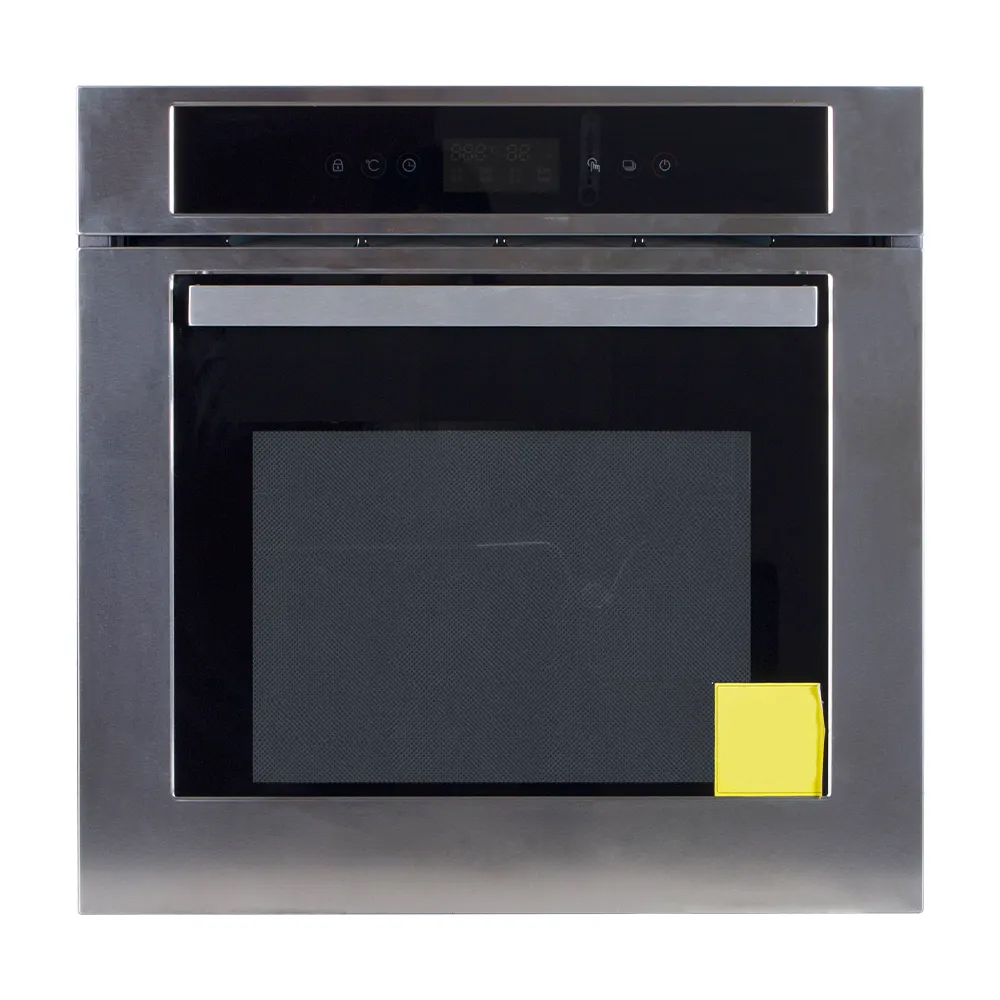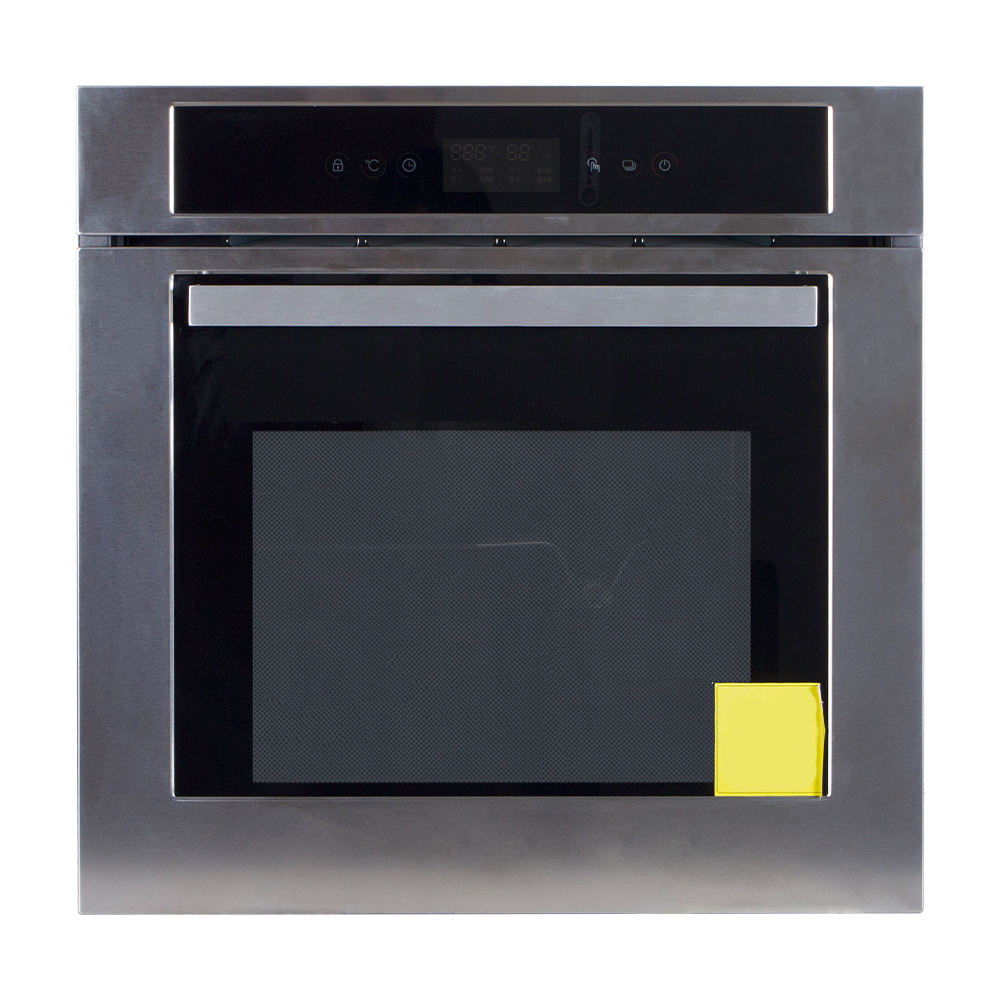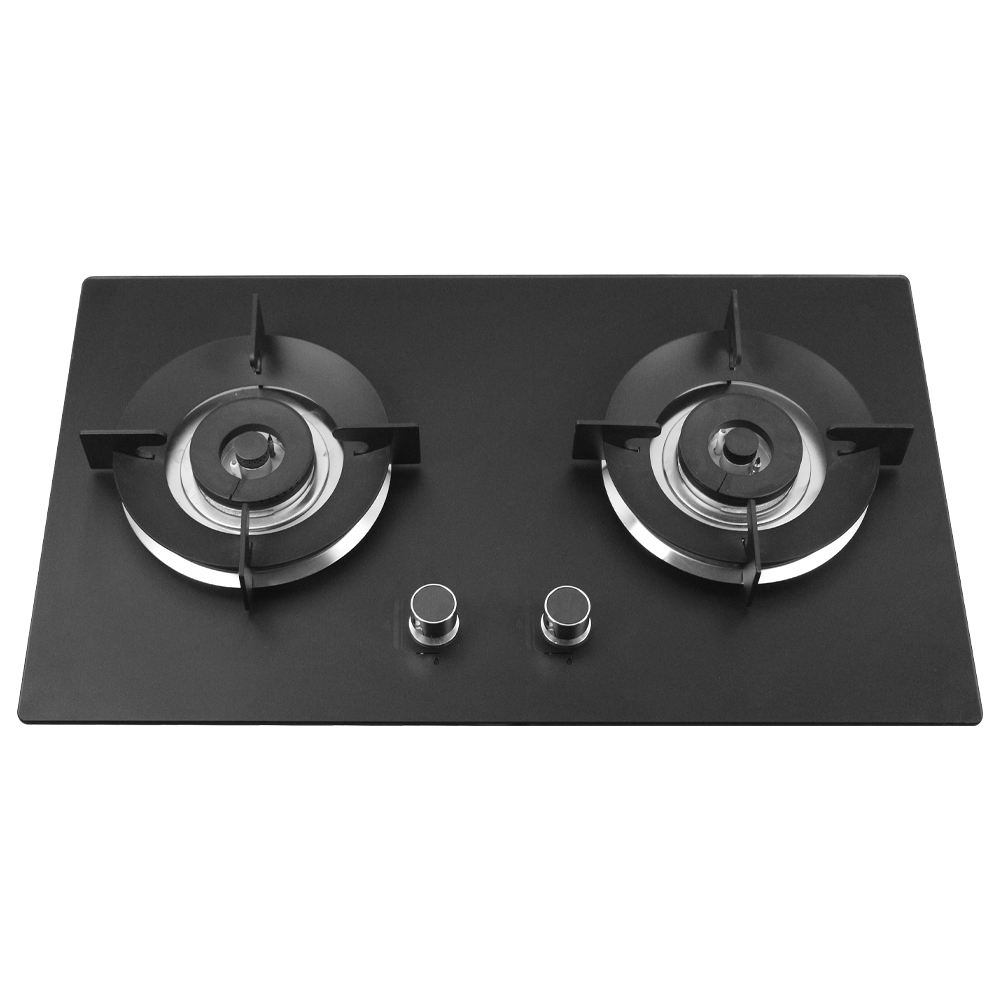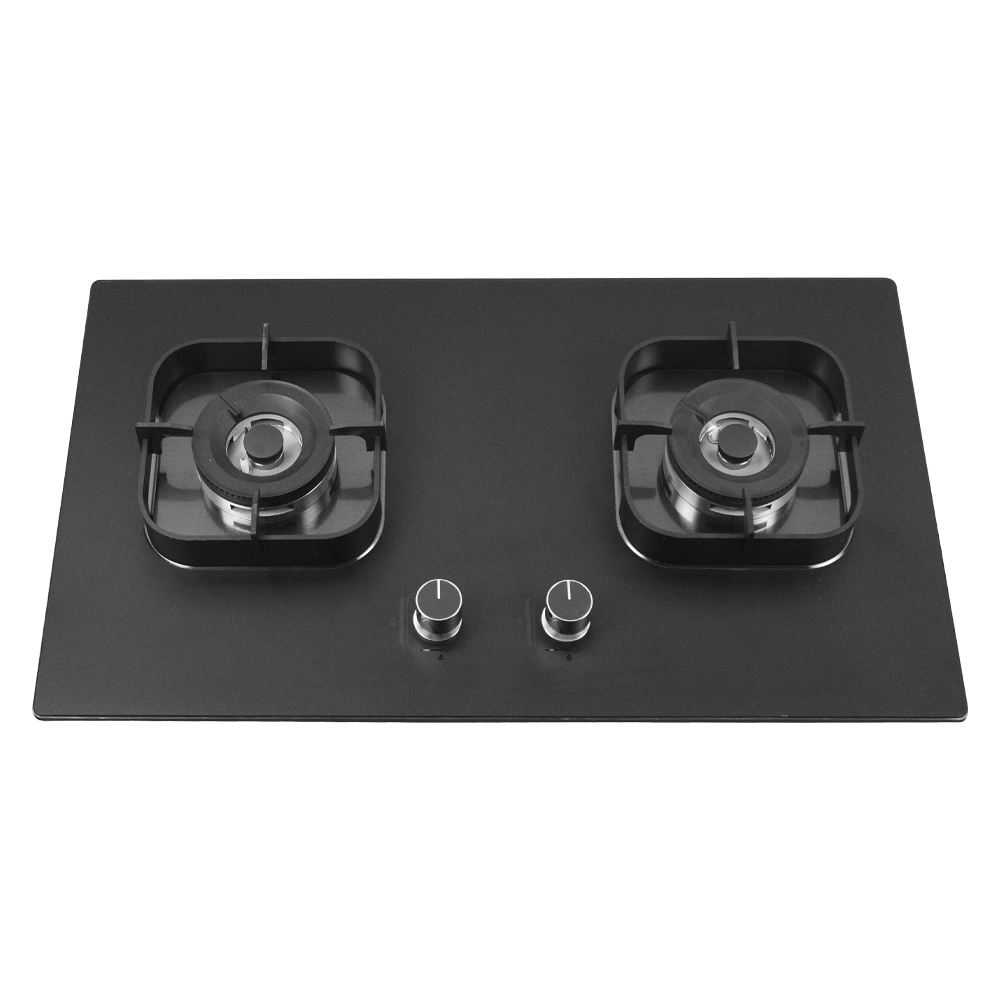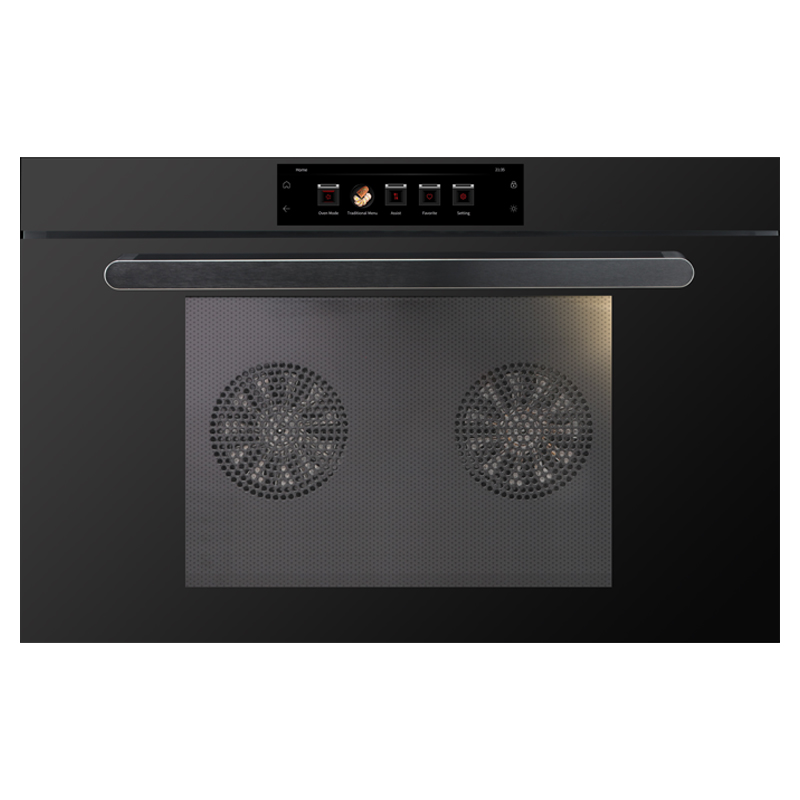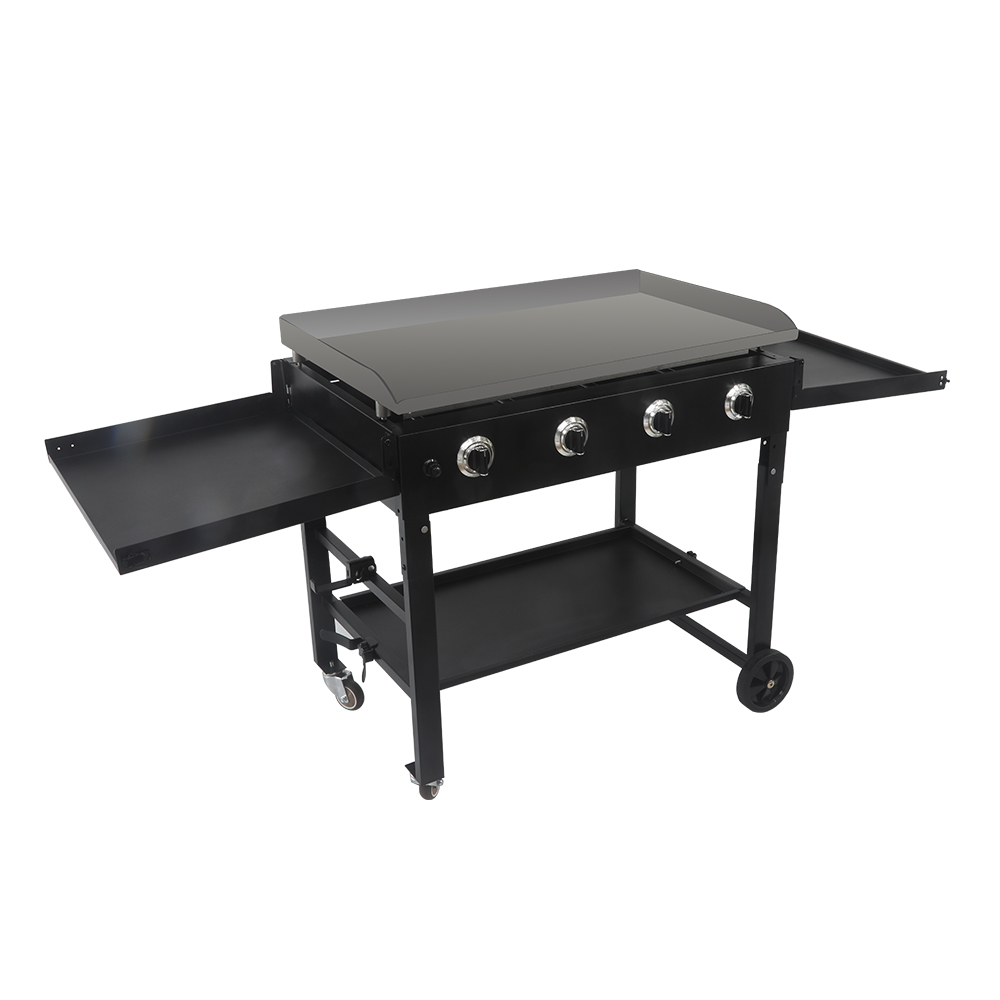Choosing the right electric wall oven is a significant decision for any kitchen renovation or upgrade. With various technologies available, understanding the fundamental types is crucial for selecting an appliance that aligns with your cooking style and needs. This guide breaks down the primary categories of electric wall ovens based on their core heating technology.
1. Radiant (Thermal) Bake Ovens:
- Technology: This is the most traditional and common type. Heating elements are located at the top (broil element) and bottom (bake element) of the oven cavity. Heat radiates from these elements to cook food.
- How it Works: The bottom element provides primary heat for baking and roasting, while the top element is used for broiling and browning. Heat distribution relies primarily on natural convection (hot air rising).
- Pros: Generally the most affordable option; simple operation; excellent for traditional baking tasks like cakes, casseroles, and broiling.
- Cons: Can have less even heat distribution compared to convection models, potentially leading to hot or cold spots; preheating and cooking times may be longer; temperature recovery after opening the door can be slower.
2. Convection Ovens:
- Technology: These ovens incorporate all the features of a radiant bake oven (top and bottom elements) but add a key component: a fan. The fan circulates heated air throughout the oven cavity.
- How it Works: The fan forces hot air around the food, significantly improving heat transfer and uniformity. This leads to faster cooking times and often eliminates the need to rotate pans for even results.
- Sub-Types:
- Standard Convection (Fan-Assisted): Uses a single fan, typically located at the rear, to circulate the air generated by the main bake and broil elements. This is the most common convection type.
- True Convection (European Convection, Third Element Convection): Features a third heating element located behind the fan. This dedicated element heats the air before it's blown into the cavity by the fan, providing more precise temperature control and often faster preheating and cooking.
- Pros: More even cooking; reduced cooking times (often allowing for lower temperature settings); excellent for roasting, baking multiple racks simultaneously, and achieving crispy textures; generally better energy efficiency due to shorter cook times.
- Cons: Higher initial cost than radiant-only ovens; fan noise during operation; some delicate baked goods (like soufflés) might require recipe adjustments to prevent drying or uneven rising due to the forced air.
3. Speed Ovens (Combination Microwave/Convection Ovens):
- Technology: These compact units combine microwave technology with a convection heating system (and sometimes radiant broiling) within a single wall oven cavity.
- How it Works: They can function as a microwave, a convection oven, or use a combination mode where microwave energy and convection heat work together. This hybrid approach drastically speeds up cooking times for many tasks.
- Pros: Extremely fast cooking and reheating; versatile functionality in a smaller footprint; ideal for quick meals, reheating, and small-batch baking/roasting.
- Cons: Smaller capacity than standard wall ovens; typically cannot achieve the same high temperatures or browning/searing capabilities as a full-size convection or radiant oven; more complex controls; higher cost per cubic foot of capacity.
4. Steam Ovens (Often Found as Combination Units):
- Technology: While sometimes integrated into multi-function combination ovens, dedicated steam wall ovens are less common than convection or radiant types. They generate steam to cook food.
- How it Works: A water reservoir feeds a boiler that produces steam injected into the oven cavity. Cooking occurs primarily through the transfer of heat from the steam.
- Pros: Excellent for preserving moisture, nutrients, and vibrant colors in vegetables; perfect for delicate fish and seafood; reheats foods without drying them out; great for proofing bread dough.
- Cons: Limited browning/crisping capability on its own; often requires combination with convection or radiant heat (in a Combi-Steam oven) for versatile roasting and baking; requires a water connection or regular reservoir filling; typically the highest cost option.
Key Considerations When Choosing:
- Cooking Habits: Do you bake delicate pastries often? Roast large cuts of meat? Need quick weekday meals? Your primary activities guide the best type.
- Capacity Needs: Ensure the internal cubic footage suits your typical meal sizes and pan requirements.
- Budget: Radiant ovens are generally the most budget-friendly, with convection adding cost, and steam/speed ovens typically at the premium end.
- Space: Speed ovens offer versatility in a smaller space, while standard wall ovens provide larger cavities.
- Control Preferences: Consider the complexity of the interface and desired features (Wi-Fi connectivity, probe thermometers, etc.).
Understanding these fundamental types – Radiant Bake, Convection (Standard and True), Speed Oven, and Steam – provides a solid foundation for navigating the electric wall oven market. Each technology offers distinct advantages tailored to different culinary approaches, enabling you to make an informed decision for your kitchen's centerpiece.



 中文简体
中文简体 Español
Español عربى
عربى

